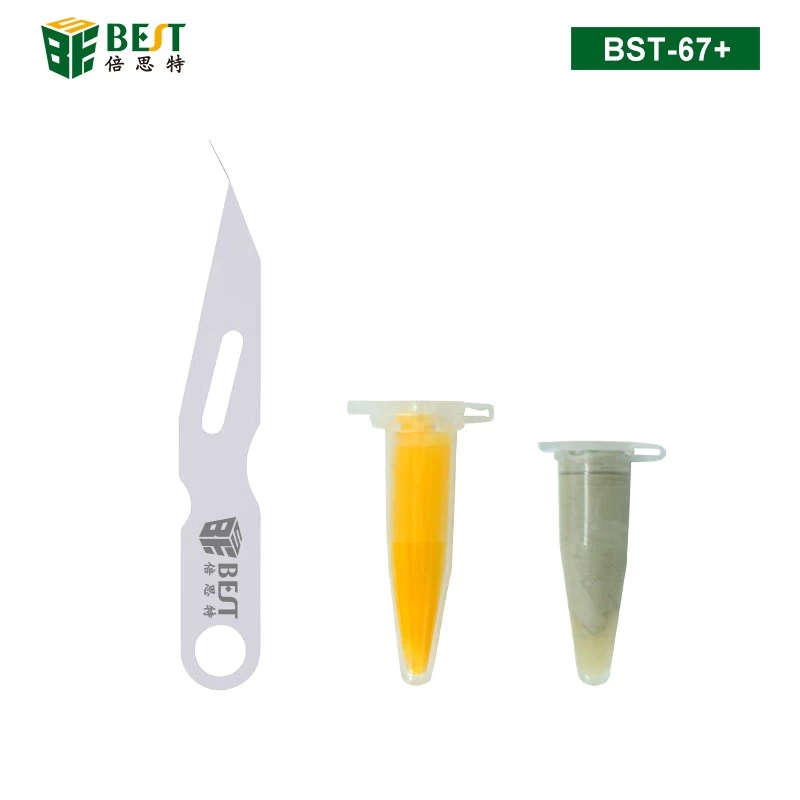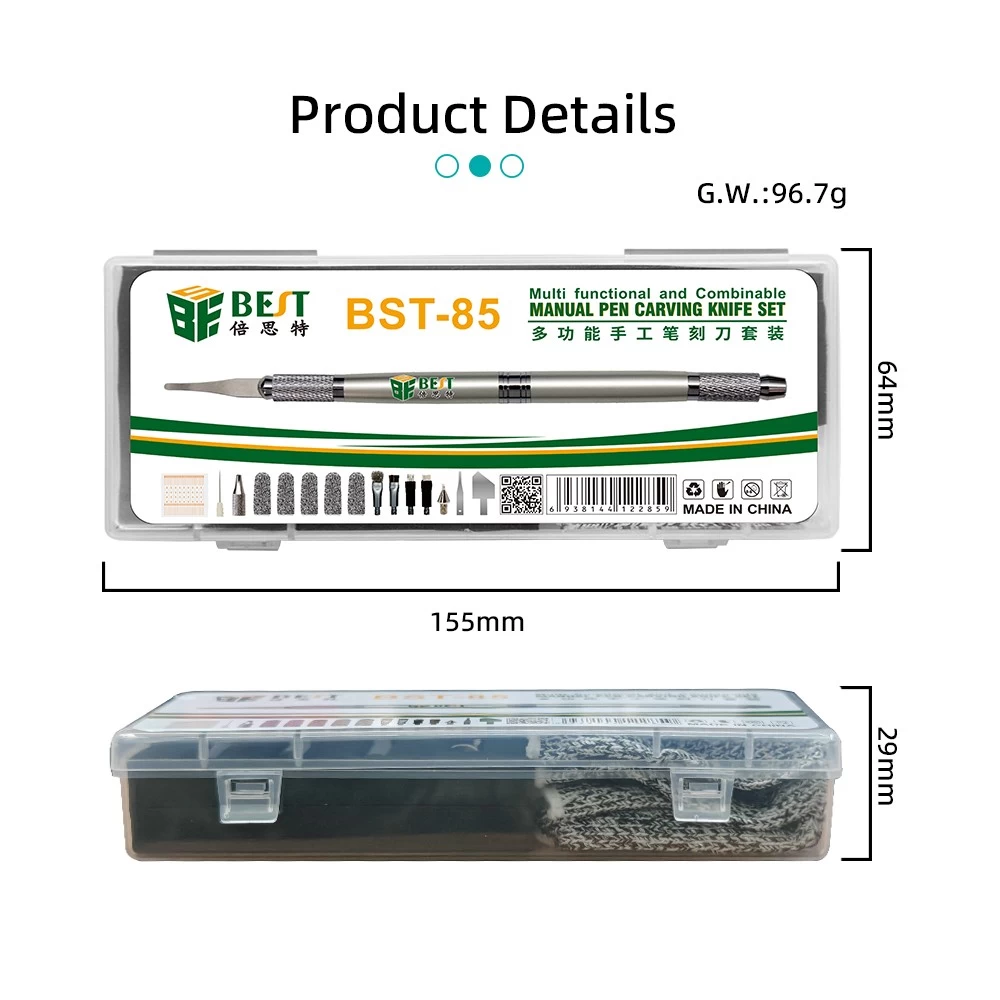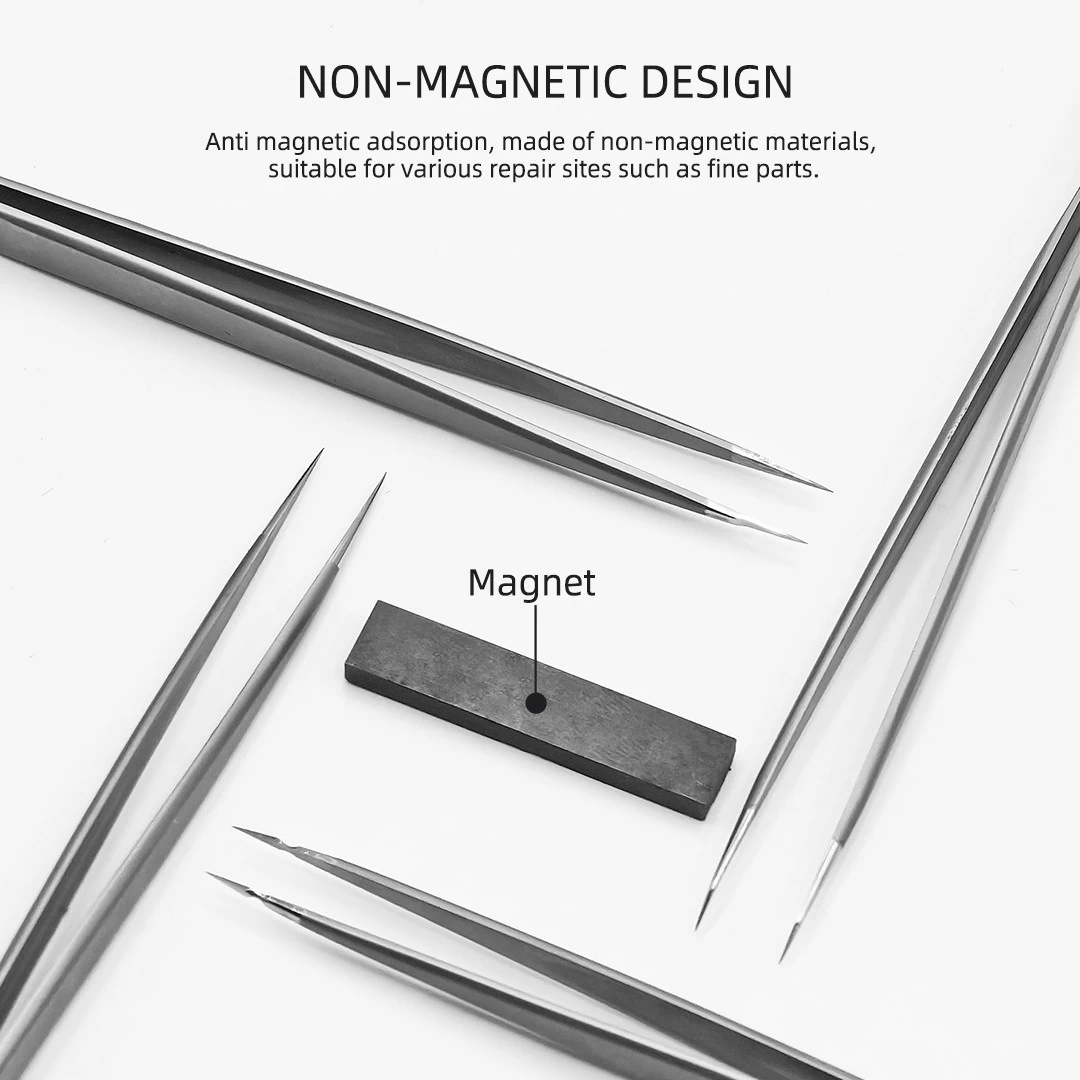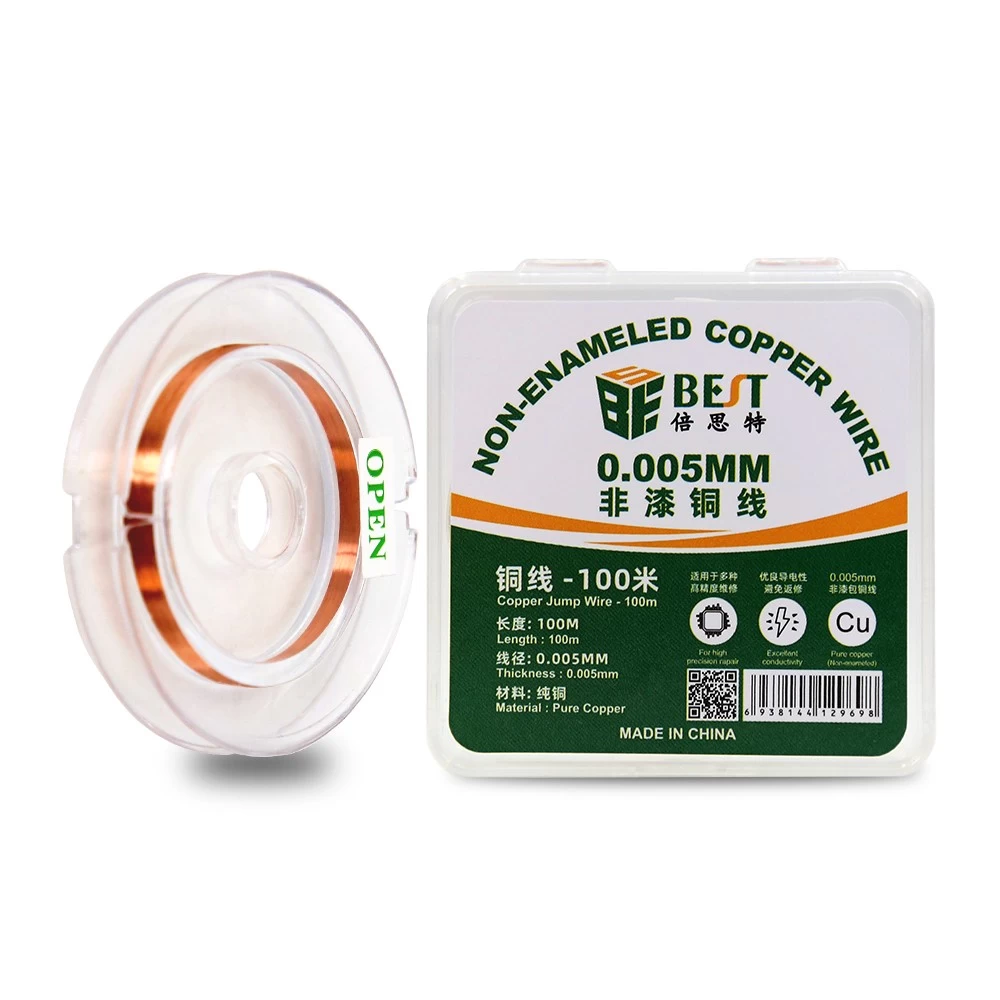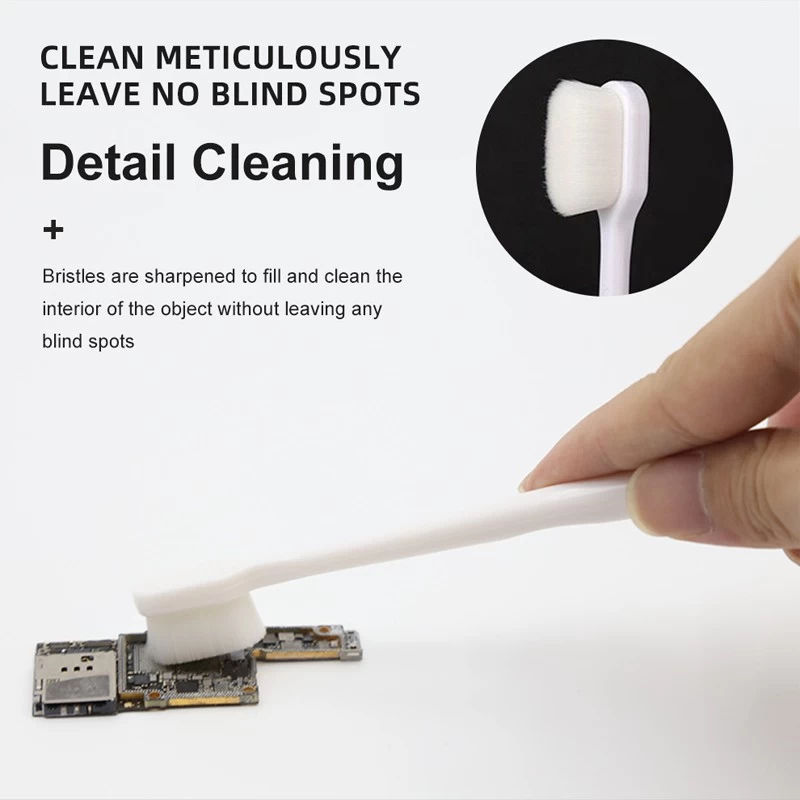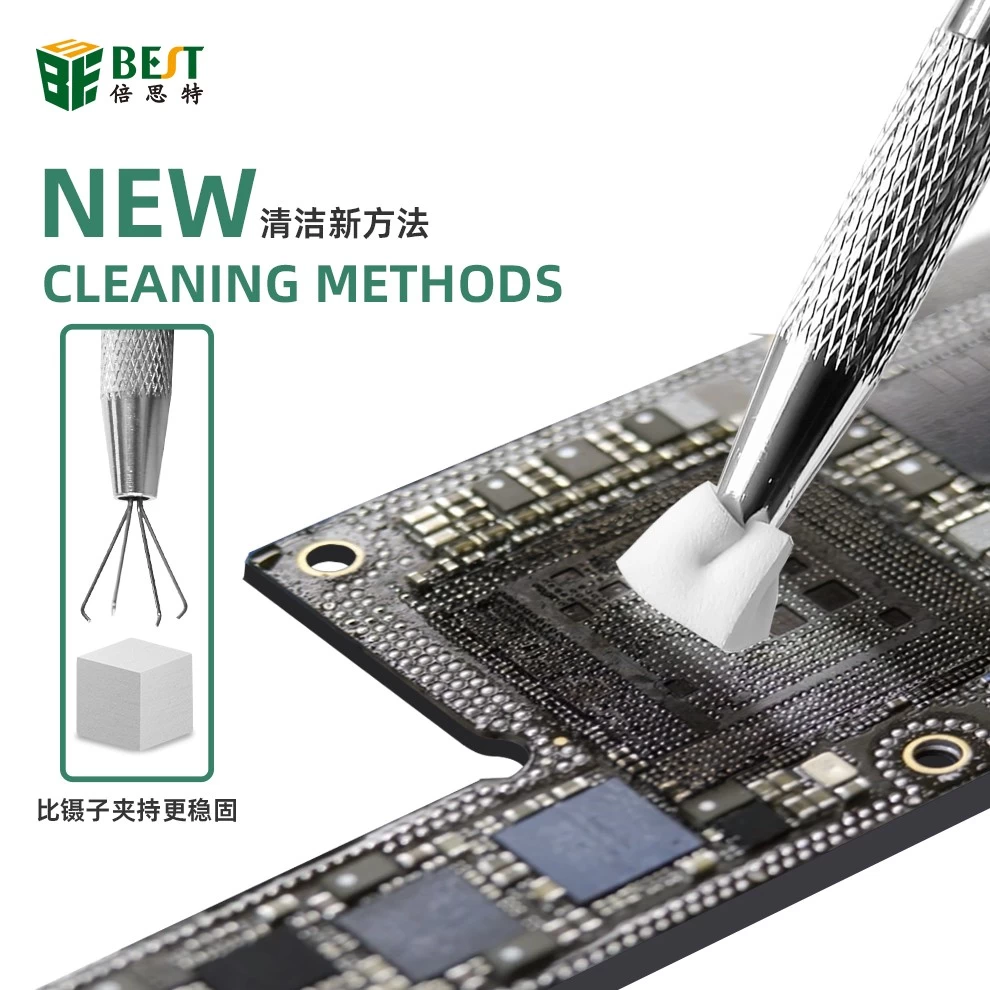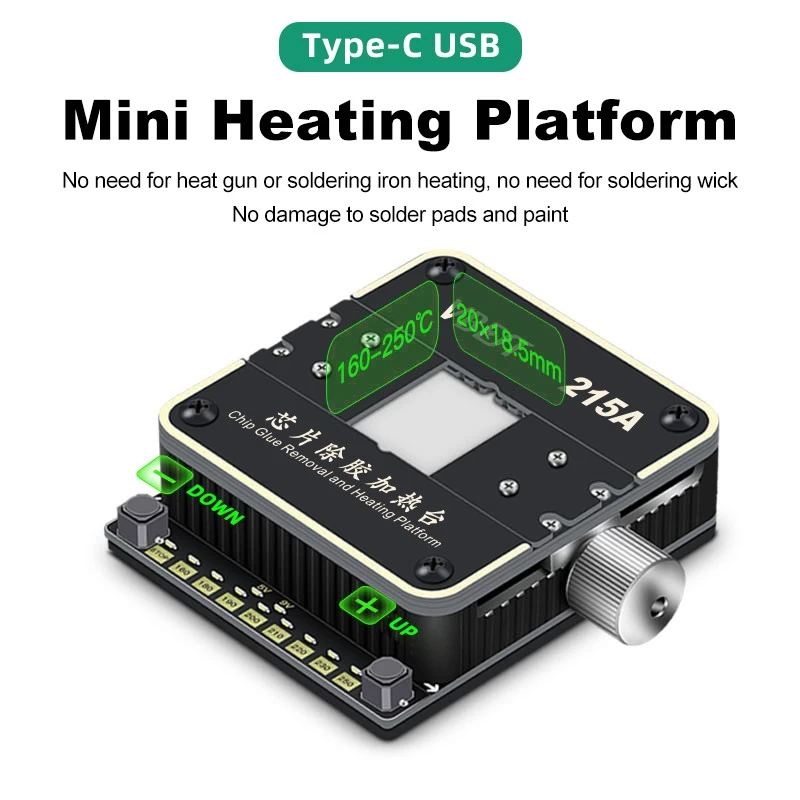How is the stereo microscope applied to mobile phone maintenance?
GPT
2024-08-27 13:38:22
The stereomicroscope is an essential tool in mobile phone maintenance and repair, providing significant advantages due to its ability to magnify and visualize small components in three dimensions. Here’s a detailed explanation of its applications in mobile phone maintenance:
1. Detailed Inspection
- Component Examination: Technicians use the stereomicroscope to examine tiny components, such as capacitors, resistors, and integrated circuits (ICs), for signs of damage, wear, or improper soldering.
- Surface Analysis: It allows for a close look at solder joints and traces on the circuit board, making it easier to identify cracks, corrosive damage, or other defects that might affect functionality.

2. Precision Repair
- Soldering and Desoldering: The microscope provides a magnified view that is crucial when soldering or desoldering components, particularly under the microscope’s illumination. This ensures precision and reduces the risk of damaging surrounding components.
- Micro-Component Handling: Repairs often involve incredibly small parts (like microchips), and the stereomicroscope allows the technician to manipulate these components accurately during the replacement or reworking process.
3. Troubleshooting and Diagnostics
- Identifying Faults: Technicians can inspect circuit boards for signs of short circuits, open circuits, or cold solder joints that might hinder the device’s operation.
- Verification of Connections: The microscope can help verify that all connections, especially on flex cables and connectors, are intact and correctly aligned.
4. Visualizing Complex Structures
- Layered Components: Mobile phones often contain multiple layers of circuits and structures. The stereomicroscope helps provide a comprehensive view of these layers, aiding in understanding how they interconnect and function.
- Optical Clarity and Depth Perception: The 3D view helps technicians assess the spatial relationships between components, making it easier to troubleshoot and plan repairs.
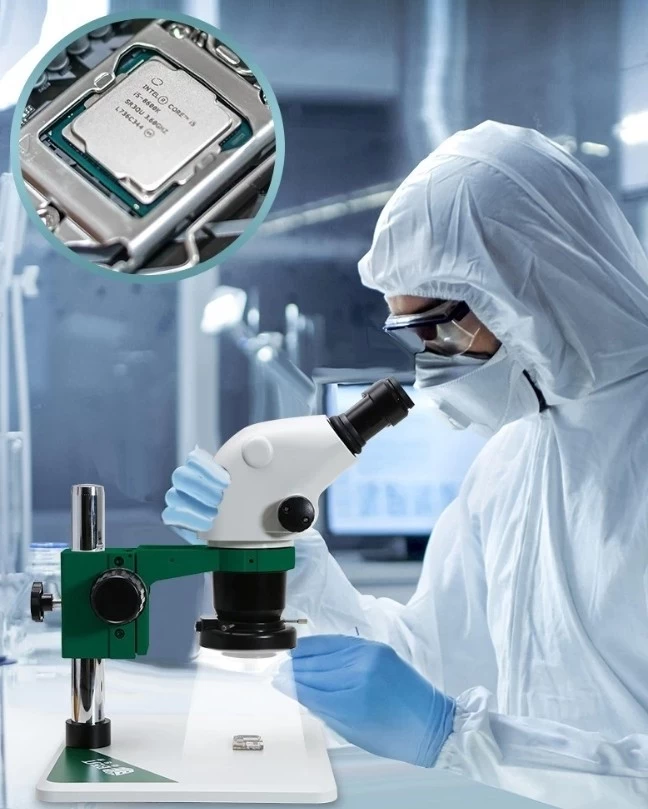
5. Assembly and Disassembly
- Guided Dismantling: When disassembling devices, technicians can use the microscope to observe how components fit together and avoid damaging fragile parts.
- Quality Control During Assembly: After repairs, the microscope allows for meticulous inspection to ensure that all parts are correctly reassembled and that there are no leftover parts or tools.
6. Training and Skill Development
- Learning Tool: The stereomicroscope is useful for novice technicians to learn about mobile phone components and repair techniques, providing a hands-on approach to understanding electronic systems.
- Confidence Building: Working under magnification increases the technician’s confidence in handling delicate components, reinforcing their skills.
Conclusion
In summary, the stereomicroscope is a vital instrument in the maintenance of mobile phones, aiding in the detailed inspection, precise repairs, effective troubleshooting, and thorough assembly processes. Its ability to provide a clear and magnified view of intricate components enhances the quality and efficiency of mobile phone repairs and ensures better service outcomes for technicians and customers alike.



